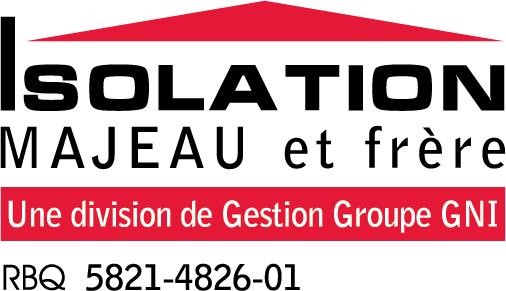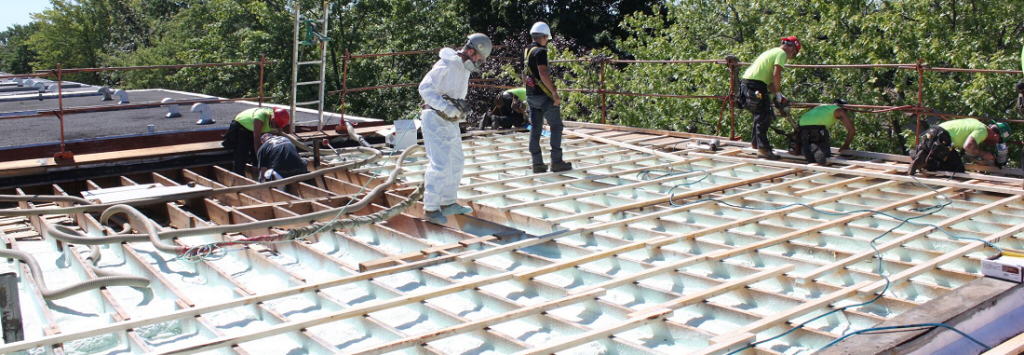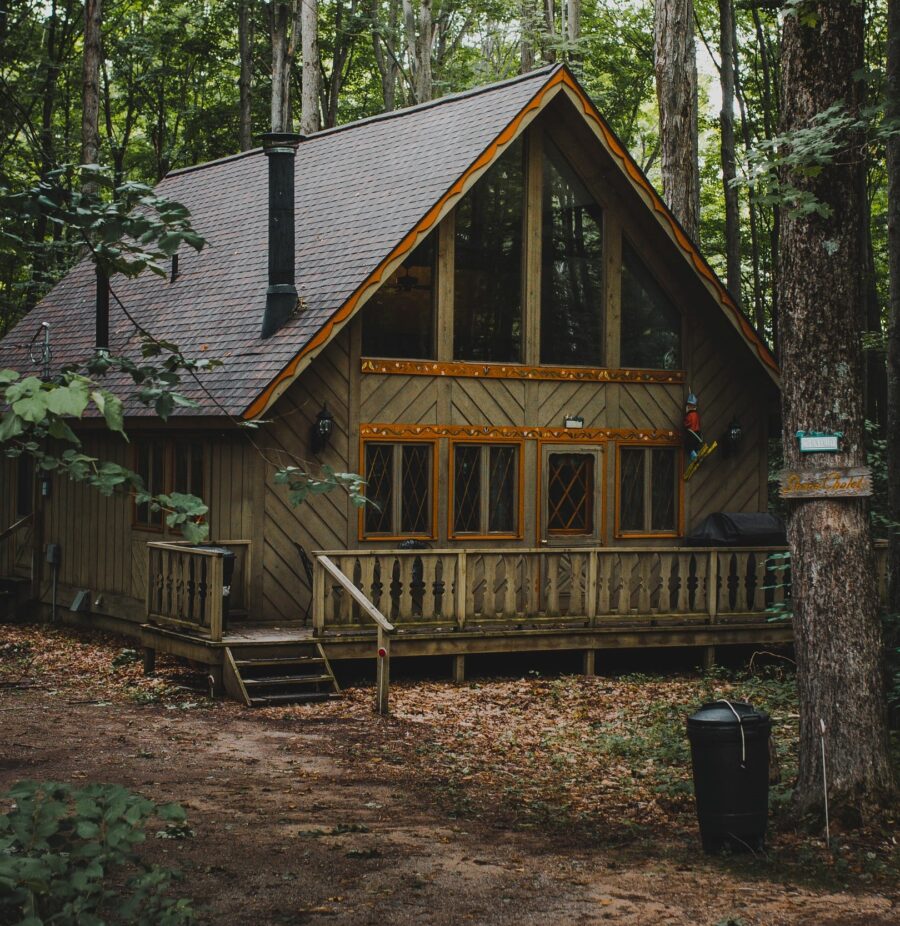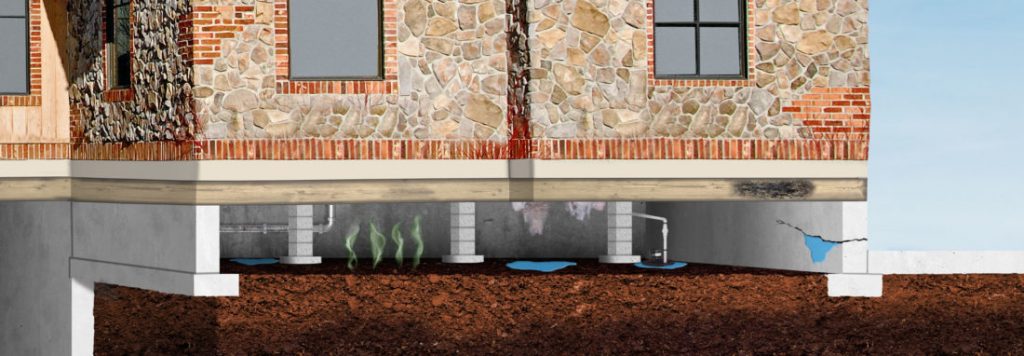IS YOUR FLAT ROOF WELL INSULATED?
Are you planning to redo your duplex roof in part or in whole? Your triplex will soon undergo major renovations on the upper floor? If you have not planned to take advantage of this work to take a look at the state of the insulation of your flat roof, you should immediately put this crucial step at the top of your priorities.
Whenever you create paths to your attic insulation, it is imperative to check:
– Is the glass wool soggy or packed? Cracks and/or condensation can cause moisture to accumulate in your insulation, which, even if it’s dry, has probably suffered a settling over the years. You will therefore need to identify the source and seal the leaks, in addition to installing new insulation.
– Are there traces of excrement in the insulation? If so, they indicate the presence of rodents or insects such as carpenter ants, which are attracted to wetlands. Beware of condensation problems!
– Has the vapour barrier (Kraft Paper for a 60s or 70s construction) lost its effectiveness? The vapour barrier’s function is to slow the progress and the stagnation of water vapour through the walls of a building. If it turns out that the latter is missing, poorly sealed, or in poor condition, it’s quite possible that you will see traces of humidity and mildew in your attic which could, in the long term, cause damage to the structure.
– What is the R-value of the current insulation? The thermal resistance of your attic is calculated based on the surface (square feet), the thermal conductivity of the material (lambda), and the thickness of the insulating layer. The higher the R-value of your wall, the more it contributes to your home’s overall energy efficiency.
SPRAYED URETHANE: THE IDEAL CHOICE FOR YOUR FLAT ROOF INSULATION
If you’ve determined that you need to replace the old insulation on your roof, you have two options: to insulate from the inside or from the outside. Unless you plan to remove the gypsum from the upper floor of your duplex/triplex for renovation purposes, you would do well to proceed from the outside, which will facilitate access to the insulation and reduce your bill.
Isolation Majeau has been specializing in basement insulation for 25 years
Visit the following pages to learn more about the services covered in this article:
– Urethane Insulation: Type 2 Sprayed Polyurethane
Insulating the flat roof from the outside involves removing the decking, applying 5 to 7 inches of sprayed urethane directly above the living area (gypsum), making sure that you leave an air gap which is essential for the attic ventilation.
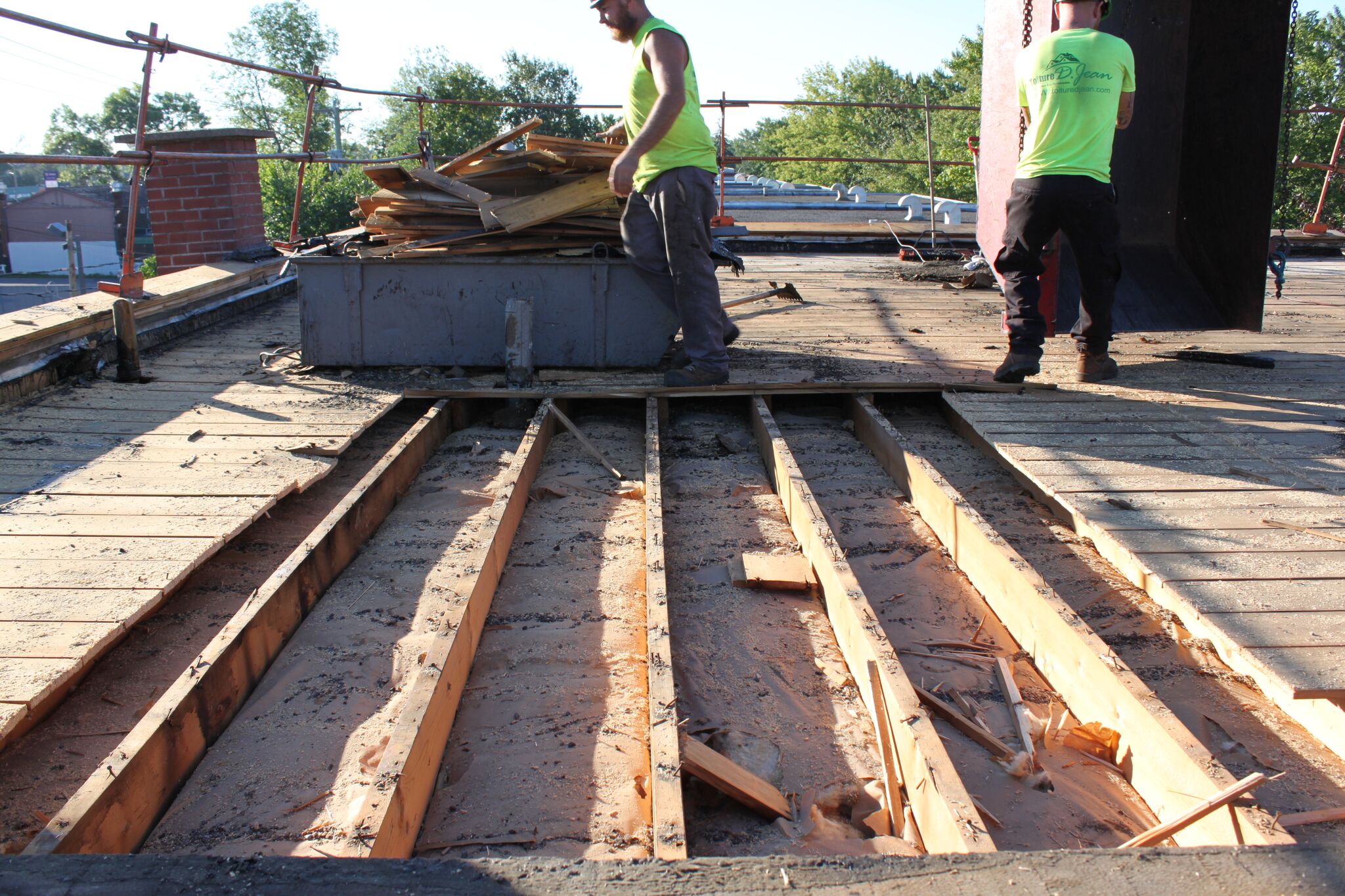
Unlike insulation wool blankets, which cannot adhere to surfaces or plumbing vents, urethane adheres perfectly to all substrates and thus prevents condensation problems.
Type II sprayed urethane is recognized for:
– Adhering perfectly to joists or roof rafters—effective joints, sealing of cracks.
– Possessing vapour barrier properties—Stopping humidity/condensation and maintaining healthy walls for the building’s life span.
– Delivering an R-30 value (with 5 inches of urethane applied), which is impossible to achieve with other materials when space is limited.
– Fitting 60s and 70s builds, where insulation space is often limited.
– Providing dimensional stability for the life of the building.
CAUTION: Since a well-insulated roof no longer lets heat escape, snow will tend to accumulate more during the winter. It will therefore be necessary to clear it if the precipitation is abundant.
A FLAT ROOF VENTILATION IS ESSENTIAL!
The Building Code requires that you leave a minimum of 2 inches of air space under the rafters to allow ventilation of the flat roof. The installation of static fans is also required to avoid heat accumulation in the attic. Your roofing contractor should determine, according to precise calculations, the number of fans to install as well as their layout, in order to ventilate the plenum (air space) in an optimal way. If there is no air space, other options are also available to you.
ATTRACTIVE GOVERNMENT SUBSIDIES
This is enough to make multi-unit buildings’ owners in Quebec smile! Indeed, the provincial government currently grants two types of grants to encourage eco-responsible residential renovation work such as the insulation (and/or replacement) of a flat roof.
– Awarded as a tax credit, the RénoVert program requires a minimum insulation value of R-28. To claim it, you must have carried out your work between March 17, 2016, and April 1, 2017. The maximum tax credit is $10,000.
– The Rénoclimat government program, offered since 2007, encourages homeowners to increase their homes’ energy efficiency. With a minimum insulation value of R-28, you could earn a check for $1,950 for an area of 1,050 square feet.
These subsidies are attractive when you know that efficient insulation will also make you realize annual heating and air conditioning savings of around 20 to 30%!
Do you have specific questions about a flat roof insulation project? Contact our insulation specialists now at the following number: 1-888-962-5328.
This article was originally published on July 1, 2022 by Marcel Lapierre
